Mach Number Explained: What It Is and Why Pilots Use It
Pilot Institute
JULY 11, 2025
Why don’t they use Indicated Airspeed just like the pilots who fly slower aircraft? Key Takeaways Mach number is a dimensionless ratio of true airspeed to local speed of sound. In terms of a formula, you can write it as: Mach number (M)= True Airspeed (TAS) / Speed of Sound (a) This means Mach 1 is the speed of sound, Mach 0.5


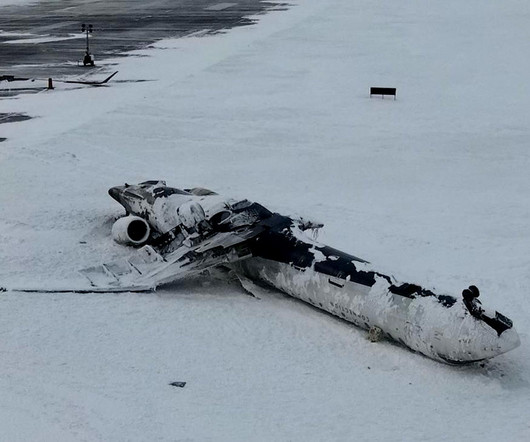


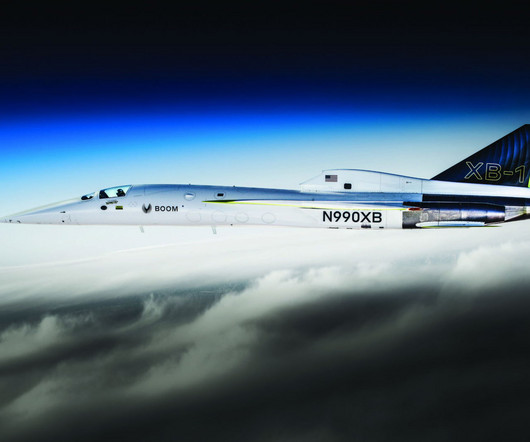
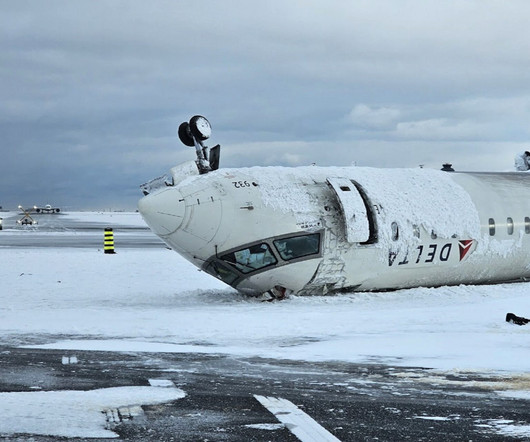
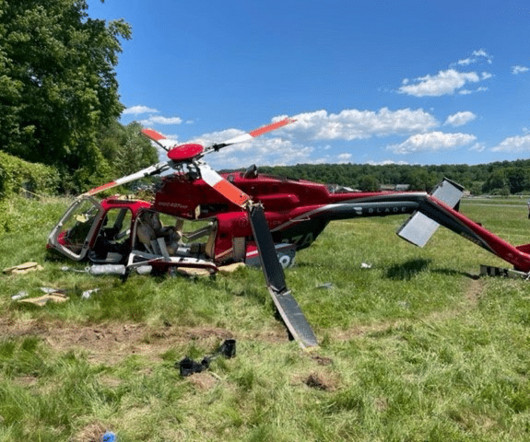
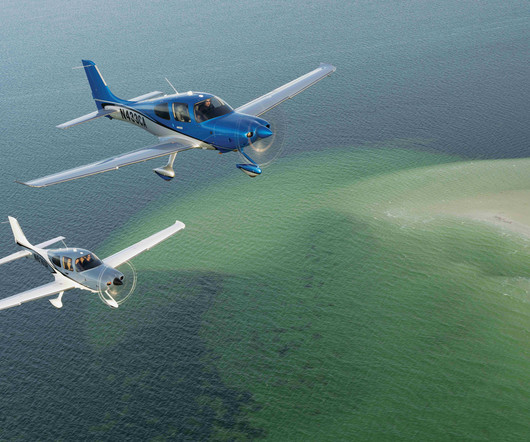








Let's personalize your content